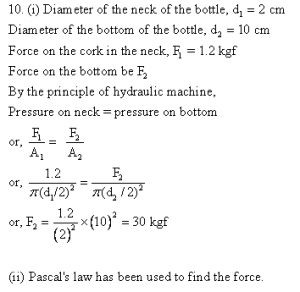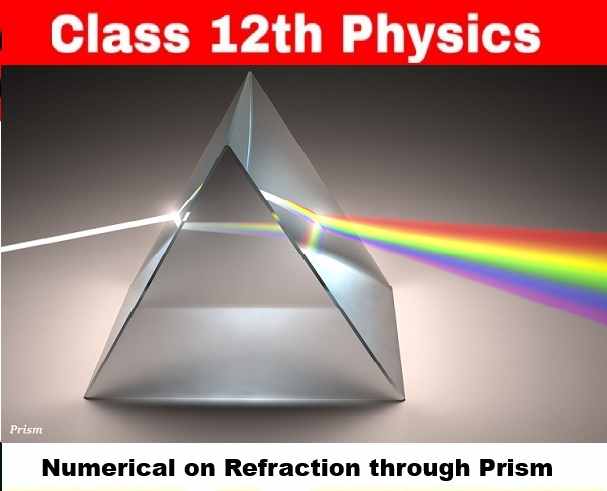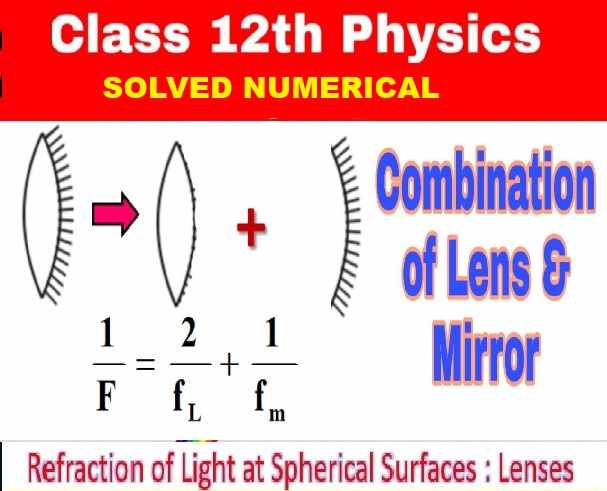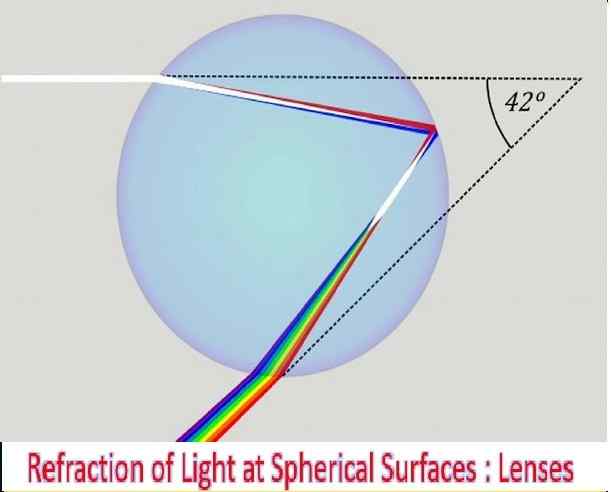Pressure in Fluids and Atmospheric Pressure Exe-4A Pressure in Fluids and it’s Transmission Numericals Answer Type for Class-9 ICSE Concise Physics. There is the solutions of Numericals Answer type Questions of your latest textbook which is applicable in 2025-26 academic session. Visit official Website CISCE for detail information about ICSE Board Class-9.
Pressure in Fluids and it’s Transmission Exe-4A Numericals Answer
(ICSE Class – 9 Physics Concise Selina Publishers)
| Board | ICSE |
| Class | 9th |
| Subject | Physics |
| Writer / Publication | Concise selina Publishers |
| Chapter-4 | Pressure in Fluids and Atmospheric Pressure |
| Exe – 4A | Pressure in Fluids and it’s Transmission |
| Topics | Solution of Exe-4(A) Numericals Answer Type |
| Academic Session | 2025-2026 |
Exe-4A Pressure in Fluids and it’s Transmission Numericals Answer Type
Ch-4 Pressure in Fluids and Atmospheric Pressure Physics Class-9 ICSE Concise
Page 103
Que-1: A hammer exerts a force of 1.5 N on each of the two nails A and B. The area of cross section of tip of nail A is 2 mm2 while that of nail B is 6 mm2. Calculate pressure on each nail in pascal.
Ans: Given:
Force acting on nail A is 1.5N, area = 2mm2
Expressing 2mm2in metre
1mm=0.001m,
∴ 1mm2= 1mm x 1mm = 0.001m x 0.001m = 1 x 10-6 m2
Pressure on B = Force/area
= 1.5/( 2 x 1 x 10-6)
= 7.5 x 105 Pa
Pressure on B
= 1.5/(6 x 1 x 10-6)
= 2.5 x 105 Pa
Que-2: A block of iron of mass 7.5 kg and of dimensions 12 cm × 8 cm × 10 cm is kept on a table top on its base of side 12 cm × 8 cm.
Calculate :
(a) Thrust and
(b) Pressure exerted on the table top
Take 1 kgf = 10 N.
Ans: (a) To calculate thrust
Force = mass x acceleration due to gravity
= 7.5 x 10
= 75N
Area of the base = 12 x 8 = 96cm2
or 0.0096m2
(b) To calculate pressure exerted
Pressure = thrust/area
= 75/0.0096
= 7182.5 Pa
Que-3: A vessel contains water up to a height of 1.5 m. Taking the density of water 103 kg m-3, acceleration due to gravity 9.8 m s-2 and area of base of vessel 100 cm2, calculate: (a) the pressure and (b) the thrust at the base of vessel.
Answer: (a) To calculate pressure:
Given: h=1.5m, ρ = 1000, g=9.8m/s2
P = h ρ g
= 1.5 x 1000 x 9.8
= 14700 Pa
(b) To calculate the thrust at the base of the vessel:
Pressure = Force/area
Thrust = force = P x a
14700 x 100 x 10-4
147 N
Que-4: The area of base of a cylindrical vessel is 300 cm2. Water (density= 1000 kg m-3) is poured into it up to a depth of 6 cm. Calculate: (a) the pressure and (b) the thrust of water on the base. (g = 10m s-2.
Ans: (i) To calculate pressure
Given: density of water, ρ = 1000kg/m3
g=10m/s2
h = 6cm or 0.06m
We know that:
P = h ρ g
= 1000 x 0.06 x 10
= 600 Pa
(ii) Thrust of water on the base
Pressure = thrust / area
-> Thrust = force = P x a
= 6 x 10-2 x 1000 x 10 x area
= 6 x 10-2 x 1000 x 10 x 300 cm2
= 6 x 10-2 x 1000 x 10 x 300 x 10-4 m2
= 18N
Pressure in Fluids and Atmospheric Pressure Exe-4A Numericals Class-9 ICSE
Ch-4 Pressure in Fluids and Atmospheric Pressure Physics Class-9 ICSE Concise
Page 104
Que-5: (a) Calculate the height of a water column which will exert on its base the same pressure as the 70 cm column of mercury. Density of mercury is 13-6 g cm-3.(b) Will the height of the water column in part (a) change if the cross section of the water column is made wider?
Ans: (a) We know that the pressure exerted by the water column, P = h ρ g
Density of water = 1
As the pressure of water and mercury is same,
hw ρw g = hm ρm g
hw x1 x g = hm ρm g
hw = hm ρm
= (70/100) x 13.6
Height of the water column= 9.52m
(b) If the water column is made wider, the height of the water column will be unaffected
Que-6: The pressure of water on the ground floor is 40,000 Pa and on the first floor is 10,000 Pa. Find the height of the first floor.
(Take : density of water = 1000 kg m-3, g = 10 m s-2)
Ans: To find the height of the first floor:
Given: Pw on ground floor Pwg= 40,000Pa
Pw on first floor Pwf = 10,000Pa
From the formula of pressure,
P = h ρ g
In order to know the height of the first floor, let us calculate the difference in pressure
P = Pwg – Pwf
= 40000 – 10000
= 30000Pa
Substituting this value in the formula for pressure to calculate height;
P = h ρ g
30000 = 1000 x 10 x h
h = 3m
The height of the floor is 3m
Que-7: A simple U tube contains mercury to the same level in both of its arms. If water is poured to a height of 13.6 cm in one arm, how much will be the rise in mercury level in the other arm?
Given : density of mercury = 13.6 x 103 kg m-3 and density of water = 103 kg m-3.
Ans: Rise of water in the other side of the u-tube when water is added from one end depends on the
density of water and mercury.
Given: Water poured to the height 13.6cm or 0.136m in one arm.
To find the rise at the other end of the u-tube:
Since it is a u-tube, pressure on both the arms is the same, hence:
Difference in pressure in the water column = difference in pressure in the mercury column
hw ρw g = hm ρm g
hm = hw ρw / ρm
= 13.6 x 103 / 13.6 x 103
= 1cm
∴ The other end of the u-tube will see a rise of 1cm in the mercury level.
Que-8: In a hydraulic machine, a force of 2 N is applied on the piston of area of cross section 10 cm2. What force is obtained on its piston of area of cross section 100 cm2 ?
Ans: As per Pascal’s law, When pressure increases, it uniformly increases through all the points when
any force is exerted.
Pressure = force/ area
(2N x 10-4)/10 = (F x 10-4)/ 100
2N = F/10
F = 20N
(Pressure in Fluids and Atmospheric Pressure Exe-4A Numericals Class-9 ICSE)
Que-9: What should be the ratio of area of cross section of the master cylinder and wheel cylinder of a hydraulic brake so that a force of 15 N can be obtained at each of its brake shoe by exerting a force of 0.5 N on the pedal ?
Ans:

Que-10: The areas of pistons in a hydraulic machine are 5 cm2 and 625 cm2. What force on the smaller piston will support a load of 1250 N on the larger piston? State any assumption which you make in your calculation.
Ans: Given:
Area of narrow piston = 5cm2 = A1, let force applied be F1
Area of wider piston = 625cm2 = A2, let force applied be F2 = 1250N
We know from the hydraulic machine,
= F1/A1 = F2/A2
= F1/5 = 1250/625
F1 = 10N
Que-11: (a) The diameter of neck and bottom of a bottle are 2 cm and 10 cm, respectively. The bottle is completely filled with oil. If the cork in the neck is pressed in with a force of 1.2 kgf, what force is exerted on the bottom of the bottle?
(b) Name the law/principle you have used to find the force in part (i).
Ans:

Que-12: A force of 50 kgf is applied to the smaller piston of a hydraulic machine. Neglecting friction, find the force exerted on the large piston, if the diameters of the pistons are 5 cm and 25 cm respectively.
Ans: Comparing the diameter of narrow piston and broader piston = 5/25 or 5:25
= 25 : 625
Force exerted on narrow piston, F1 = 50kgf
Consider F2 to be the force exerted on the broader piston
We know from the principle of Hydraulic machine,
Pressure on narrow piston = pressure on broader piston
=>F1/A1 = F2/A2
=> F1/ F2 = A1/A2
50/F2 = 25/625
F2 = 1250 kgf
Que-13: Two cylindrical vessels fitted with pistons A and B of area of cross section 8 cm2 and 320 cm2 respectively, are joined at their bottom by a tube and they are completely filled with water. When a mass of 4 kg is placed on piston A, Find :
(i) the pressure on piston A,
(ii) the pressure on piston B, and
(iii) the thrust on piston B.
Ans: Given that the force applied to the smaller piston A is 4 kg
Area of cross-section of piston A = 8 cm²
Area of cross-section of piston B = 320 cm²
(i) Pressure acting on piston A in the downward direction = Thrust /Area
=4kg / 8cm2
∴ Pressure acting on piston A = 0.5 kg cm-2
(ii) According to Pascal’s Law
Pressure acting on piston B = Pressure acting on Piston A = 0.5 kg cm-2
(iii) Thrust acting on piston B in the upward direction
= Pressure × Area of B
= 4 kg × 320cm² / 28cm²
∴ Thrust acting on piston B in the upward direction = 160 kg.
(Pressure in Fluids and Atmospheric Pressure Exe-4A Numericals Class-9 ICSE)
Que-14: What force is applied on a piston of area of cross section 2 cm2 to obtain a force 150 N on the piston of area of cross section 12 cm2 in a hydraulic machine?
Ans: We know that pressure on smaller piston = pressure on wider piston in a hydraulic machine
∴ P1 = P2
-> F1/A1 = F2 A2
F1/(2 𝑥 10-4) = 150/(12 𝑥 10-4)
= F1 = 25N
In a hydraulic machine
Pressure on narrow piston = Pressure on wider piston
— : End of Pressure in Fluids and it’s Transmission Exe-4A Numericals Type Solutions :–
Return to Concise Selina Physics ICSE Class-9 Solutions
Thanks
Please share with your friends


